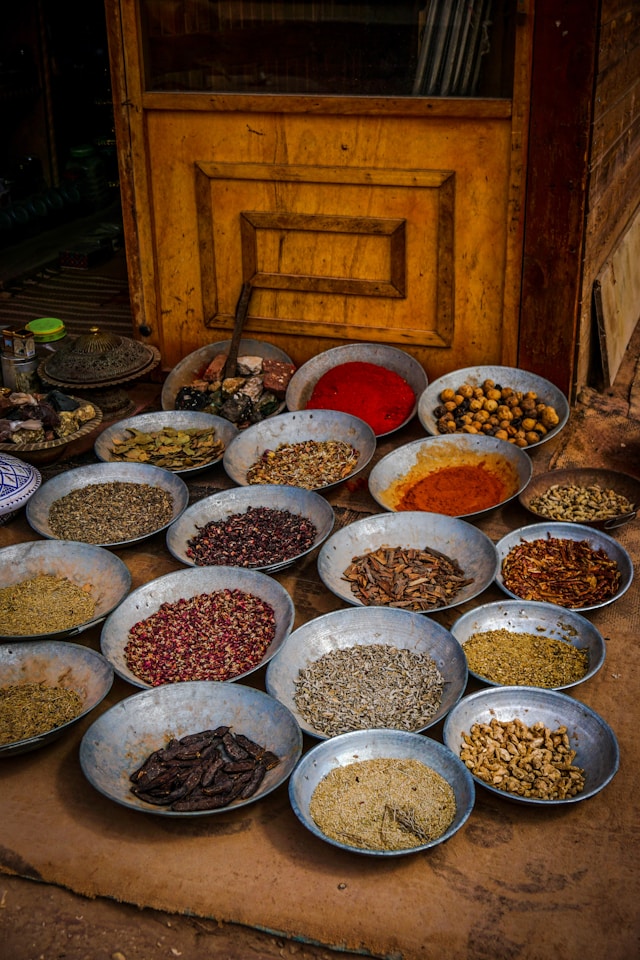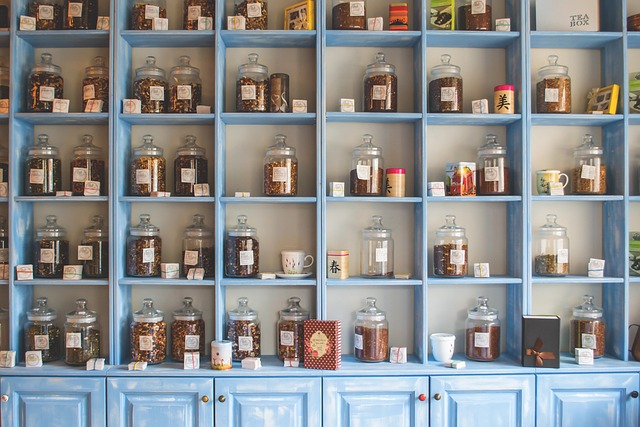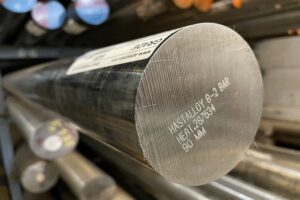Heavy Metal Contamination of Herbal Products

Herbal medicines are a valuable part of traditional medicine which is widely used throughout the world. Unfortunately, when herbs are grown in polluted soil or under polluted conditions, the plant material utilized can contain these pollutants. Heavy metals are well known to be toxic and many are readily taken up by plants. While herbal medicine has significant promise and potential, there are risks if the herbs are too contaminated for regular, safe use. As such, it can be important to understand the degree to which herbal products are free of heavy metal contaminants.
Chinese Herbal Products
A recent study highlights the potential risk for heavy metal contamination in herbal products (Xue 2024). The authors of the study reviewed Chinese hospital records from 2011 to 2023. They specifically focused on cases of psoriasis, as patients were often unsatisfied with standard therapies and were willing to explore alternatives. The study identified 44 cases of heavy metal poisoning related to the use of Chinese herbal medicine in patients with psoriasis. Mercury, lead and arsenic were the main heavy metals identified. While the study advocated for avoiding Chinese herbal treatments, a viable alternative is to verify that herbal products are regularly tested for heavy metals and other potential toxicants.
A separate analysis, again in China, collected 1773 herbal samples from large herbal producers in China (Luo 2021). Each sample was tested for five metals: lead, cadmium, arsenic, mercury and copper. Almost one-third of the herbs tested were over the limit for safe daily exposure to at least one metal.
An even larger analysis collected 10,245 Chinese herbal samples from 279 different Chinese herbal medicine products (Yang 2021). Upon testing, it was found that numerous products exceeded safe levels for lead, arsenic, cadmium and mercury. The study concluded that Chinese herbal medicines were at high risk of heavy metal contamination.
Ayurvedic (Indian) Herbal Products
A research group collected 43 Ayurvedic medicine products from stores licensed to sell them in Chandigarh, India (Bhalla 2022). While many of the remedies were herbal in nature, some also contained metal and animal products. Twenty-four of the products explicitly stated that they contained metals, a common practice in Ayurvedic medical traditions. Concerningly, 12 of the remedies listed mercury as an ingredient.
The analysis measured levels of mercury, arsenic, lead, zinc, iron, copper and chromium in the products. In the samples collected, 29 exceeded safety levels for mercury, six for arsenic, two for lead and 35 for zinc. The authors noted that there were concerningly high levels of heavy metal contamination in the products.
However, a study of nine single ayurvedic herbs collected from local markets failed to find any heavy metals that measured above safe intake levels (Deswal 2022). A larger analysis of 183 herbal samples from Indian markets found that over five percent contained metals above safe limits (Bisht 2022). The main contaminant of concern was cadmium. Popular herbs, including some samples of ashwagandha, were also found to have concerning levels. An older study of Ayurvedic herbal remedies available in the United States found that they had high levels of contamination (Saper 2004). Of the herbal preparations tested, 20% had concerning levels of heavy metals, including lead, mercury and arsenic.
Other Countries
A study from Nigeria in Africa found that 100% of herbs tested from local markets contained elevated levels of heavy metals (Obi 2006). A study from Iran with herbs available from local pharmacies found that the majority of herbs had unsafe levels of lead and cadmium (Mousavi 2014).

A small study on 14 different herbal samples in Saudi Arabia found safe levels in the majority of herbs tested (Maghrabi 2014). However, a more recent analysis of 47 herbal medicinal products found that all samples exceeded the safe limits (Alharbi 2024).
An analysis of commonly utilized medicinal herbs in Brazil found a wide variety of toxic metals in the plants tested. While levels were not quantified in relation to unsafe levels, the authors raised concerns about long-term toxicity from their consumption (Leal 2013).
How to Ensure Safety
Unfortunately, herbal medicinal products from around the world are commonly contaminated with heavy metals. And since herbal products are a global trade, the problem is likely not isolated to specific countries. It’s reasonable to assume that there are problematic herbal products with heavy metal contamination available for sale in most countries.
For safety, only herbal products that are regularly tested for heavy metals, including lead, mercury, cadmium and arsenic, should be consumed on a regular basis. In the United States, the United States Pharmacopeia (USP) and the NSF have guidelines for appropriate testing of herbal products to ensure safety. USP and NSF seals will be listed on the bottle of products that have been tested.
If USP or NSF seals are not listed on a product, it is important to verify that the product manufacturer conducted additional heavy metal testing beyond what comes with the standard certificate of analysis (COA) for herbal ingredients. You can always call a company and ask for a copy of any heavy metal testing on a product. Keep in mind that by law, herbal raw materials always come with a standard COA. This COA is NOT a replacement for heavy metal safety testing done by the manufacturer.
Conclusion
Many herbal products have research suggesting that they have clinical utility for treating different medical conditions. To maximize these benefits, it is important to ensure that herbal materials and products are tested and safe for human consumption.



